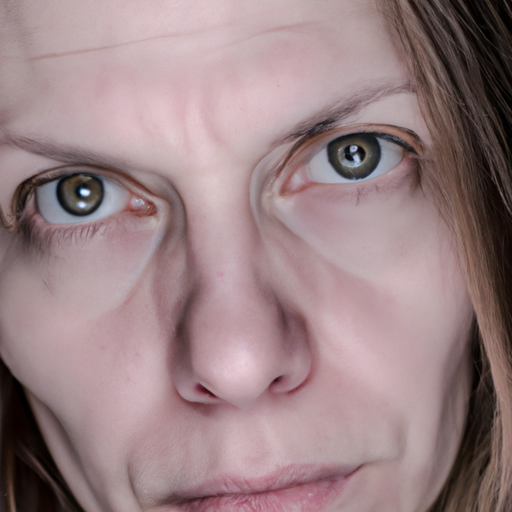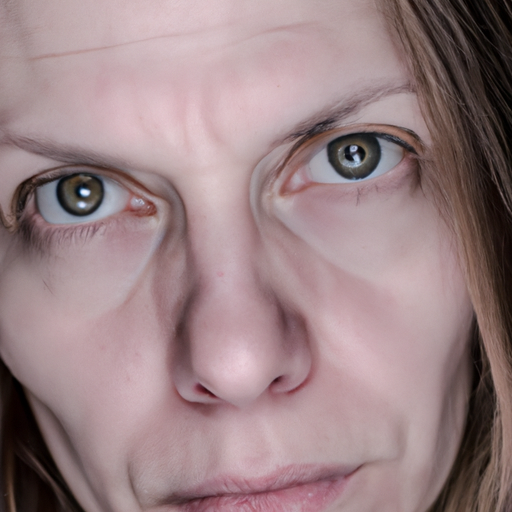Acne is a common skin condition that affects millions of people worldwide. It is often associated with adolescence, but it can occur at any age and can persist into adulthood. As a medical professional, I believe it is essential to unmask acne, delve deeper into its symptoms, and understand its causes to manage it effectively.
Acne primarily appears on the face, forehead, chest, upper back, and shoulders because these areas of the body have the most oil (sebaceous) glands. The symptoms of acne vary depending on the severity of the condition. They range from whiteheads (closed plugged pores), blackheads (open plugged pores), small red tender bumps (papules), pimples (pustules), large solid painful lumps beneath the surface of the skin (nodules), to painful pus-filled lumps beneath the surface of the skin (cystic lesions).
The pathogenesis of acne is multifactorial and complex. It involves an interplay of four key factors: increased sebum production, follicular hyperkeratinization leading to comedone formation, colonization of the follicle by Propionibacterium acnes (P. acnes), and inflammation.
The first step in the development of acne is the increased production of sebum, an oily substance that lubricates your hair and skin. This is often triggered by hormonal changes during puberty, pregnancy, or the use of certain medications like oral contraceptives or corticosteroids.
Next is follicular hyperkeratinization, where the skin cells lining the follicle are not shed properly and clog the follicle. This leads to the formation of a comedone or a blocked pore, which can be open (blackhead) or closed by skin (whitehead).
The third factor is the colonization of the blocked pore by P. acnes. This bacterium is normally present on our skin, but when trapped in a blocked pore, it can multiply rapidly, leading to skin inflammation and the formation of red, swollen bumps.
Finally, the body’s immune response to the bacterial overgrowth leads to inflammation. The wall of the blocked pore can burst, spreading bacteria and sebum into the surrounding skin tissues, causing even more inflammation and acne lesions.
While these are the primary causes, several other factors can contribute to or exacerbate acne. These include diet, stress, certain medications, and even genetics. Studies suggest that carbohydrate-rich foods may worsen acne. Stress doesn’t cause acne but can make it worse. Certain medications like lithium or androgens can also worsen acne. Lastly, if your parents had acne, you might have inherited a genetic predisposition to it.
Understanding the symptoms and causes of acne is crucial in managing this condition. It helps in determining the most effective treatment plan tailored to an individual’s specific needs. Treatments may include over-the-counter or prescription creams and ointments, oral medications, or medical procedures like laser therapy or chemical peels.
In conclusion, acne is a complex condition with various contributing factors. It’s not just about having oily skin or eating too much chocolate. It’s a combination of increased sebum production, follicular hyperkeratinization, bacterial overgrowth, inflammation, and other factors like diet, stress, certain medications, and genetics. As we continue to unmask acne and understand its intricacies, we move closer to finding more effective treatments and, hopefully, a cure.




